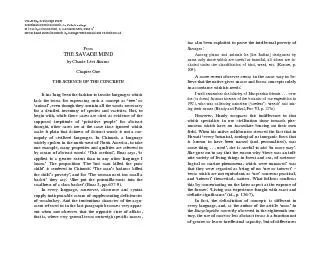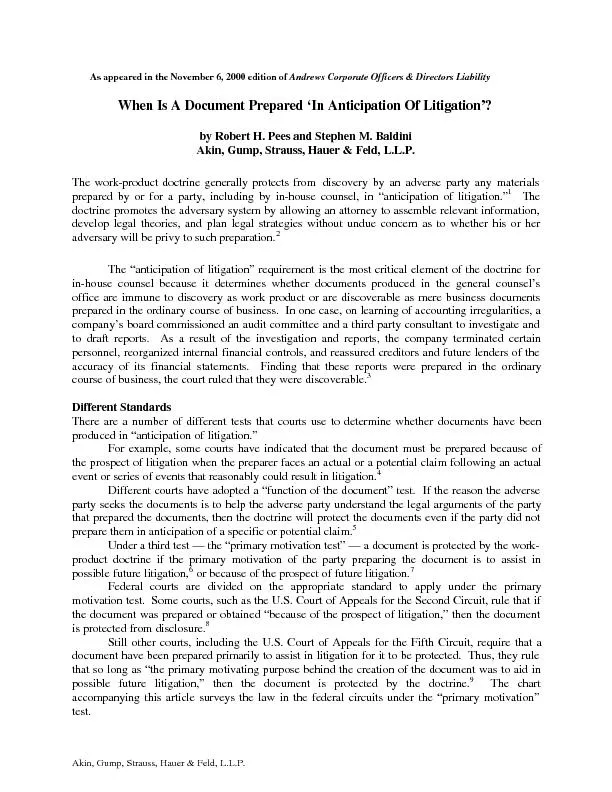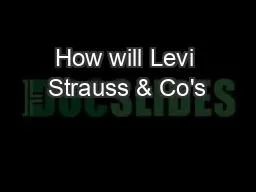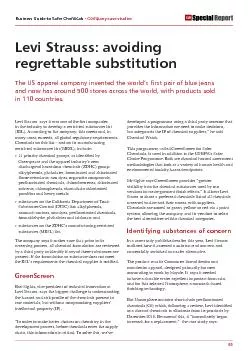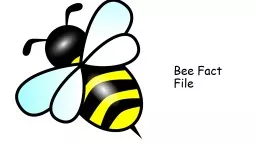PDF-vi Strauss Chapter One THE SCIENCE OF THE CONCRETE It has long bee
Author : jane-oiler | Published Date : 2015-10-16
red to in the last paragraph becomes very apparent when one observes that the opposite state of affairs that is where very general terms outweigh specific names
Presentation Embed Code
Download Presentation
Download Presentation The PPT/PDF document "vi Strauss Chapter One THE SCIENCE OF ..." is the property of its rightful owner. Permission is granted to download and print the materials on this website for personal, non-commercial use only, and to display it on your personal computer provided you do not modify the materials and that you retain all copyright notices contained in the materials. By downloading content from our website, you accept the terms of this agreement.
vi Strauss Chapter One THE SCIENCE OF THE CONCRETE It has long bee: Transcript
Download Rules Of Document
"vi Strauss Chapter One THE SCIENCE OF THE CONCRETE It has long bee"The content belongs to its owner. You may download and print it for personal use, without modification, and keep all copyright notices. By downloading, you agree to these terms.
Related Documents

